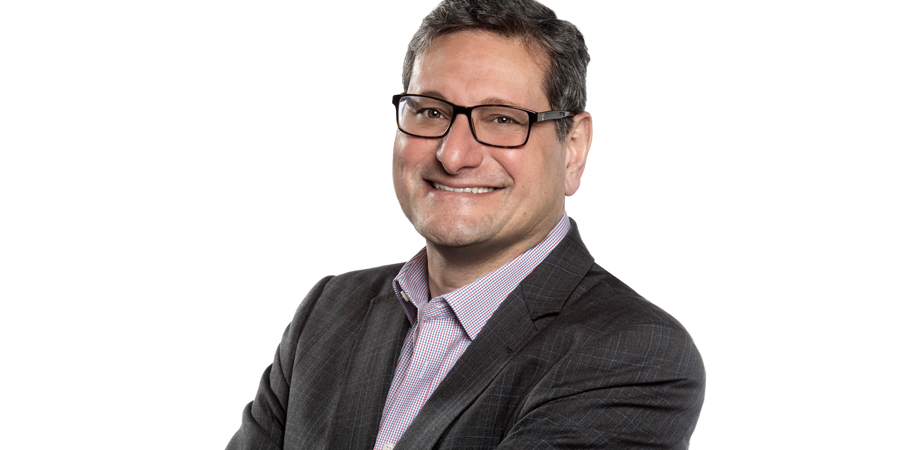By: Dr. Ibrahim J. Gedeon, chief technology officer, TELUS
The evolution of telecommunications into 5G is about the art of the possible.
But with the high cost of spectrum purchases combined with the large infrastructure investment needed, TELUS is not leaving the possibilities entirely to chance. We don't want to introduce technology for the sake of technology.
We’re taking a design-thinking approach, working with end users to develop use cases that address real-world challenges for our partners and customers.
There is an ecosystem that needs to be developed to tap the full potential of 5G, both for end users and for our company, and at TELUS we are being very proactive in developing that ecosystem.
We recently signed a multi-year agreement with General Motors Canada to link GM’s next-generation vehicles to TELUS’ 5G network to accelerate connected car technologies and entertainment features. The first GM vehicles with built-in connectivity to TELUS’ high-performance 4G-LTE and 5G network are expected to be introduced in the 2025 model year, though ultimately we’re looking toward the future of an all-electric fleet and autonomous vehicle technology.
In addition to our previously announced partnership with Google, we’re partnering with IBM to leverage its Red Hat application marketplace in Canada, which will allow developers to build and test applications and experiences using next-generation edge computing that leverages TELUS’ world-class mobile network. We’ll have edge computing commercially available in 2022.
We’re investing in four 5G innovation centres, where businesses, academics and governments large and small work together in an ecosystem of innovation. The Kanata North KNBA Hub350 opened its doors recently and there will be four such hubs by the end of the year. As our 5G footprint expands in urban and rural communities, within those 5G labs we have the capability to demonstrate the art of what's possible with the end users as our partners and co-developers.
We’re collaborating with Olds College, a storied agricultural education facility in the heart of the Canadian Prairies, on a Smart Farm to accelerate the integration of 5G technology into the global agri-food sector.
We’re making strategic investments and acquisitions in health, agriculture and home security. In some, we’ll own the end applications themselves, as well as the connectivity and network services. In others, we’re investing in enabling technologies.
Some businesses are focusing on importing use cases into Canada from abroad. That’s a fine approach but at Telus we want to incubate these ideas in Canada with Canadian companies, companies like AirMarket in Alberta, which uses connected drones to monitor pipelines and forest fires and is now working with us to develop edge computing capabilities for video analytics.
Or TELEVU that is developing smart glasses to connect paramedics with ER doctors so emergency physicians can help diagnose and treat critical patients in the field.
The end result is a lot more Canadian innovation to solve Canadian problems.
Often with telecommunications, the approach has been to build it and the use cases will follow. But by understanding the needs of the end users we can work with them to design the network specifically to meet those needs.
Despite some regulatory hurdles, deploying the technology is not the challenge. The challenge is in ensuring the significant investment in doing so is profitable.
And so we are enabling and even co-creating the applications that will be unlocked by next-generation technology, seeding opportunities to ensure we can reap the rewards of what is a substantial investment.










